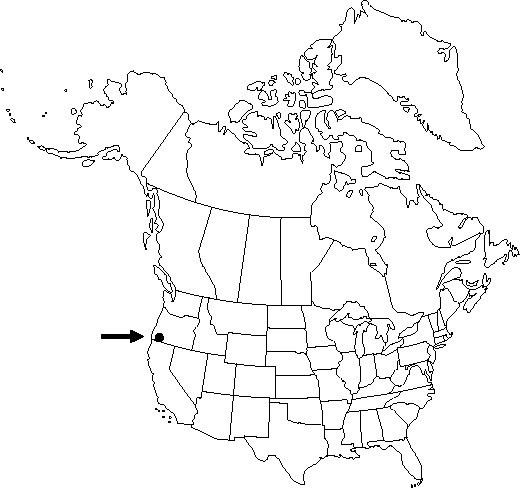Difference between revisions of "Ranunculus austro-oreganus"
Amer. Midl. Naturalist 52: 341. 1954.
FNA>Volume Importer |
imported>Volume Importer |
||
| (3 intermediate revisions by 2 users not shown) | |||
| Line 40: | Line 40: | ||
-->{{#Taxon: | -->{{#Taxon: | ||
name=Ranunculus austro-oreganus | name=Ranunculus austro-oreganus | ||
| − | |||
|authority=L. D. Benson | |authority=L. D. Benson | ||
|rank=species | |rank=species | ||
| Line 55: | Line 54: | ||
|publication year=1954 | |publication year=1954 | ||
|special status=Conservation concern;Endemic | |special status=Conservation concern;Endemic | ||
| − | |source xml=https:// | + | |source xml=https://bitbucket.org/aafc-mbb/fna-data-curation/src/2e0870ddd59836b60bcf96646a41e87ea5a5943a/coarse_grained_fna_xml/V3/V3_471.xml |
|genus=Ranunculus | |genus=Ranunculus | ||
|subgenus=Ranunculus subg. Ranunculus | |subgenus=Ranunculus subg. Ranunculus | ||
Latest revision as of 21:49, 5 November 2020
Stems erect or ascending, never rooting nodally, crisped-pilose, base not bulbous. Roots never tuberous. Basal leaf blades broadly rhombic to semicircular in outline, 3-parted, 2.8-4.3 × 3-5.5 cm, segments 3-lobed, ultimate segments lanceolate, margins entire or toothed, apex narrowly acute or acuminate. Flowers: receptacle glabrous; sepals reflexed 1 mm above base, 4-6 × 1.5-3 mm, densely pilose; petals 5, abaxially red, adaxially yellow, 10-12 × 4-6 mm. Heads of achenes hemispheric, 4-7 × 7-10 mm; achenes 3.4-4.2 × 2.8-3.2 mm, sometimes basally pilose, margin forming narrow rib 0.1-0.2 mm wide; beak persistent, lance-subulate, straight or somewhat curved distally, 1.6-2.6 mm.
Phenology: Flowering spring (May).
Habitat: Grassy hillsides
Elevation: 500 m
Discussion
Of conservation concern.
Ranunculus austro-oreganus is doubtfully distinct from R. occidentalis var. howellii. L. D. Benson (1954) described the stem as bulbous-based and similar to that of R. bulbosus, but a differentiated base is not evident in material I have seen (some of which was cited by Benson).
Selected References
None.
